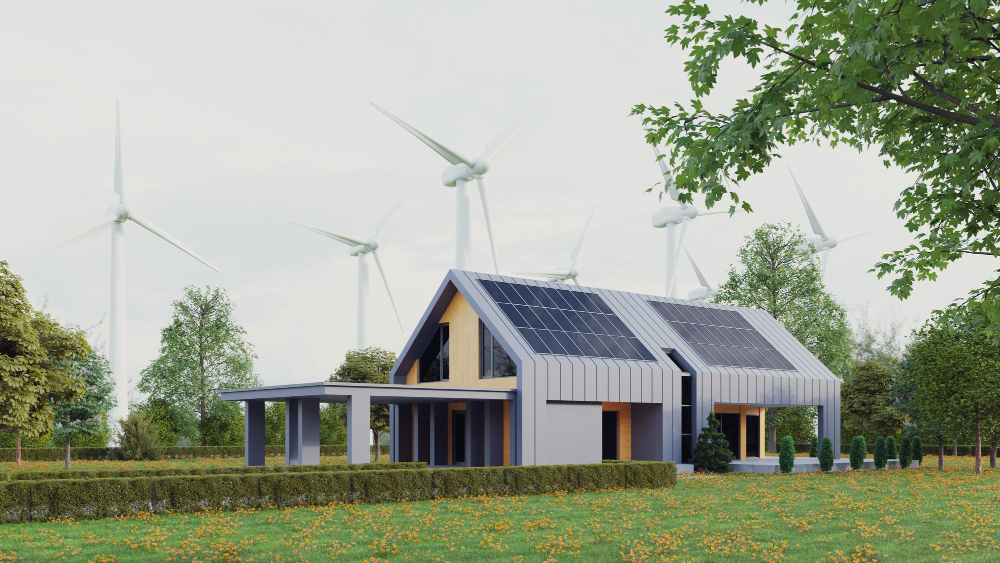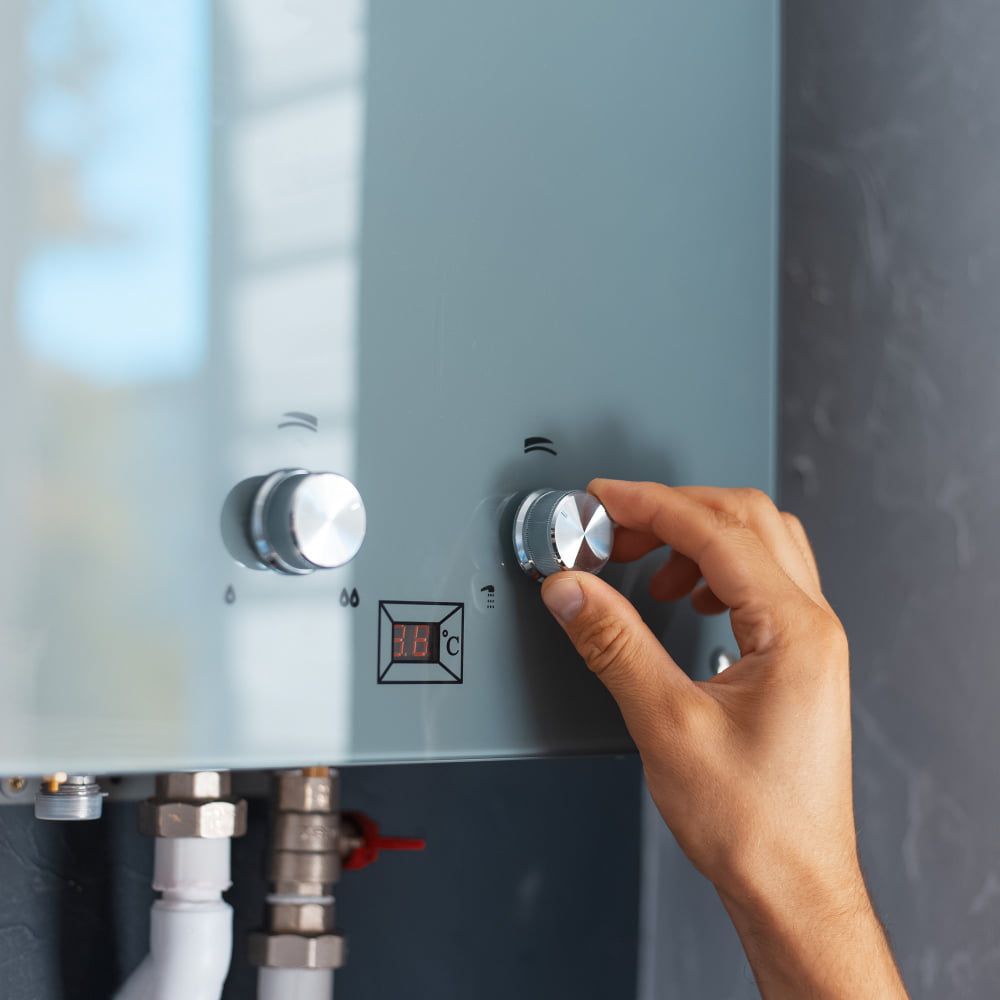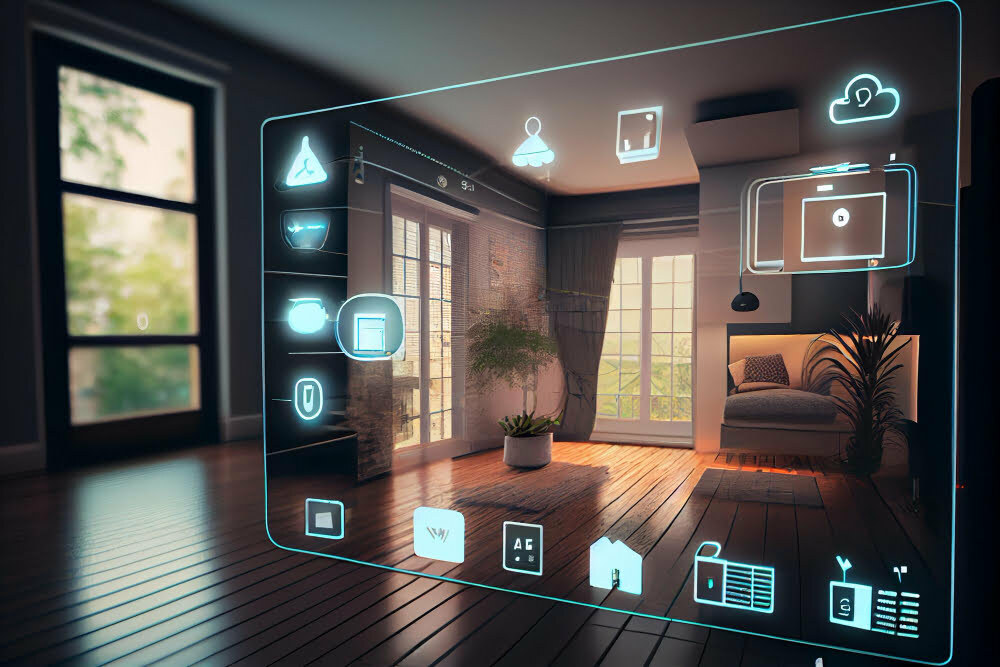Last updated on
If you’re a homeowner, you know that maintenance and repairs are an inevitable part of the journey. However, in today’s world, where environmental concerns are paramount, it’s crucial to think not only about fixing issues but also about doing so sustainably.
Sustainable plumbing repairs are not just good for the planet – they can also save you money in the long run. So, here’s what every homeowner needs to know about sustainable plumbing repairs, helping you make eco-friendly choices that benefit both your home and the environment.
Leak Detection and Repair

Water leaks are not only wasteful but can also cause substantial damage to your home over time. Understanding how to detect and repair leaks is crucial.
Start by checking for visible leaks in your plumbing system, such as dripping faucets or damp spots. Regular maintenance is essential to keep your plumbing system in good condition, and for a dripping faucet, fixing it promptly can prevent water wastage and high water bills.
However, not all leaks are immediately apparent. Consider using leak detection devices or consulting a plumber to identify hidden leaks. Promptly fixing leaks not only conserves water but also prevents costly damage to your property.
Water-efficient Fixtures

When it comes to sustainable plumbing repairs, the first thing you need to know is the importance of water-efficient fixtures. Upgrading to low-flow toilets, showerheads, and faucets can significantly reduce your water consumption.
Not only does this help conserve our precious natural resources, but it can also lead to lower water bills. Installing these fixtures is a relatively simple and cost-effective way to make your home more environmentally friendly.
Eco-friendly Pipe Materials
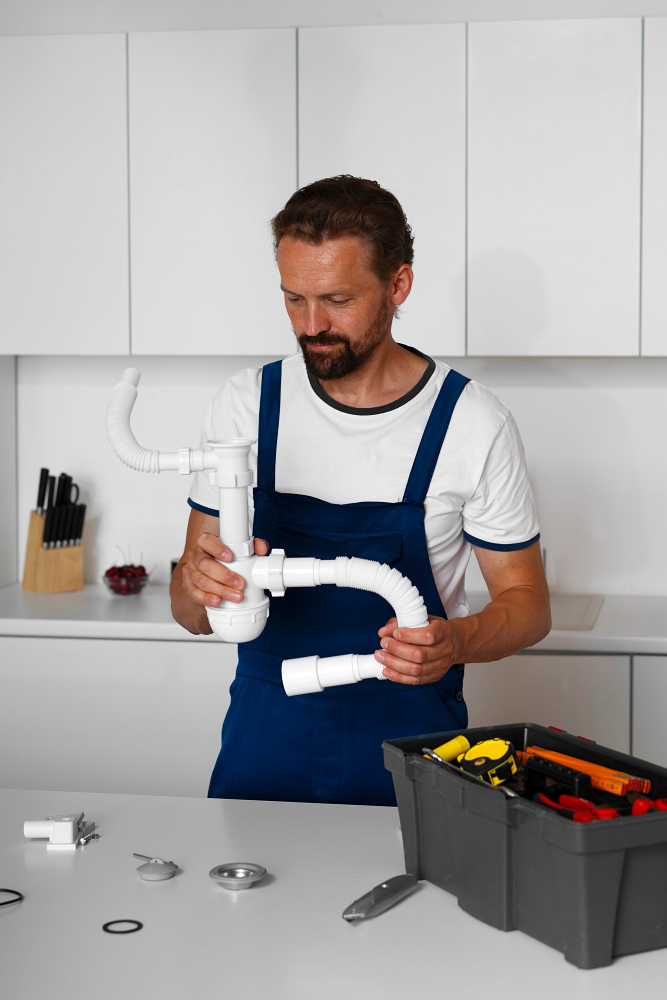
When replacing or repairing pipes, consider using eco-friendly materials. Traditional plumbing pipes can leach harmful chemicals into the water supply, negatively impacting both your health and the environment.
Opt for materials like PEX or copper, which are less harmful and more durable. Additionally, insulating your pipes can help maintain water temperature, reducing the energy required for heating.
Greywater Recycling
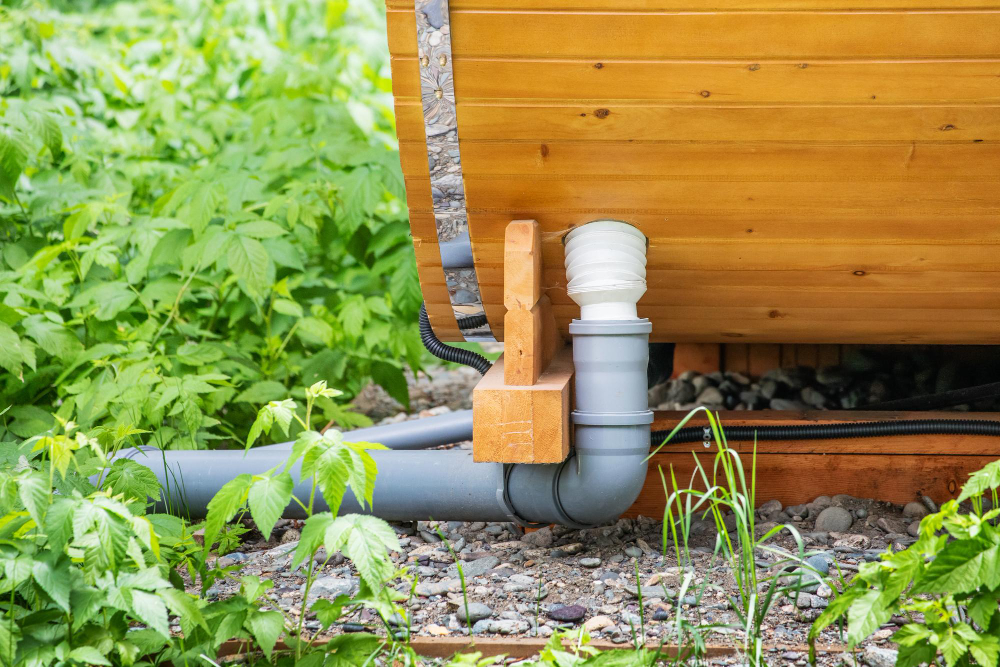
Another sustainable plumbing practice to explore is greywater recycling. Greywater is the gently used water from sinks, showers, and laundry.
Rather than letting it go to waste, you can install a greywater recycling system that treats and filters this water for non-potable uses, such as irrigation. This not only conserves water but also reduces your reliance on treated drinking water for tasks that don’t require it.
- Environmental Benefits: Greywater recycling reduces the strain on local water supplies and wastewater treatment facilities, helping to preserve freshwater resources and lowering the energy and chemicals used in water treatment.
- Cost Savings: By using treated greywater for purposes like landscape irrigation, you’ll decrease your dependence on municipal water sources, leading to lower water bills over time.
- Easy Installation: Greywater recycling systems can be relatively straightforward to install, especially in new construction or during major renovations. You can also opt for simple, low-cost systems or more advanced setups based on your needs and budget.
Regular Maintenance and Inspections
Prevention is often better than cure, and this holds for sustainable plumbing. Regular maintenance and inspections should be a routine part of your homeowner checklist. Schedule professional plumbers or perform DIY checks to ensure everything is in working order.
Fix minor issues promptly before they escalate into major problems. By proactively addressing plumbing concerns, you not only prevent water wastage but also extend the lifespan of your plumbing system, reducing the need for replacements, which can be resource-intensive.
Proper Disposal of Hazardous Materials
During plumbing repairs or renovations, it’s essential to be mindful of how you dispose of hazardous materials. Some plumbing components, such as old pipes or fittings, may contain harmful substances like lead or asbestos.
Improper disposal can lead to environmental contamination. Ensure that you follow local regulations and guidelines for the disposal of such materials. Opt for recycling or safe disposal methods to minimize the environmental impact.
Education and DIY Plumbing
Empowering yourself with knowledge about plumbing systems can go a long way in sustainable repairs. While not every issue can be resolved with a DIY approach, knowing how to perform basic tasks like replacing washers, tightening connections, or insulating pipes can save you money and reduce your carbon footprint.
There are plenty of online resources, tutorials, and community programs that can help you learn the basics of plumbing maintenance and repairs.
By embracing water-efficient fixtures, leak detection, eco-friendly materials, greywater recycling, regular maintenance, proper disposal, and educating yourself about plumbing, you can make a positive impact on the environment and your household budget.
These sustainable practices not only reduce water consumption but also extend the life of your plumbing system, decrease repair costs, and minimize the ecological footprint of your home.
Related reading:
Table of Contents

